A pair of Apple patent applications discovered on Thursday describe a system that automatically determines when and where a user parks their car, and later directs them back to the vehicle without requiring a data connection or GPS signal.
As published by the U.S. Patent and Trademark Office, Apple's applications for "Automatic identification of vehicle location" and "Vehicle location in weak location signal scenarios" suggest the company is looking to integrate high-level vehicle-related functionality into iOS. Specifically, the filings outline a convenience feature that can automatically decide when a user parks their car, then save that position for later retrieval and on-foot navigation.
The first step in Apple's invention is to intelligently determine when and where a user parks. In one embodiment, the handset establishes a data connection with a compatible vehicle via any suitable means of communication, though Bluetooth and Bluetooth LE are described in detail.
Some embodiments rely on the device-to-car connection to determine when a user enters or parks a vehicle. For example, when an initial pairing operation is complete, perhaps triggered by a "door open" signal or engine ignition, the system may decide the user has entered or is about to enter the car. In the same way, a disconnection may signal a user has turned the car off and is parked. With a Bluetooth connection, the car is able to transmit pertinent system information to the iPhone for more accurate determination.
Other measures of deducing a vehicle's operational state — whether the car is parked, in motion or undetermined — include sensor output from an iPhone's accelerometer or GPS signal processing.
Once a car is classified as parked, the system plots the position and continues to track a user's movement as they walk away. In certain optimal scenarios, a mobile device would be in constant communication with a GPS signal, though this is not always possible due to natural and manmade obstructions.
In lieu of GPS, the iPhone relies on onboard sensors to estimate with some accuracy the movement of a user. By combining sporadic GPS signal locks with accelerometer data, for example, an iPhone is able to "look forward" or "look backward" from a given point in time to deduce the location of a user proximate to their car.
Any number of techniques may be applied for tracking purposes, like motion data processing, time stamps, gyroscope data, pedometer data and more. Perhaps most applicable in driving and walking scenarios is the accelerometer, which can be used to determine motion, direction and speed over time.
Apple also notes that the above methods for device location determination during periods of weak signal reception can be applied while driving, especially helpful when traveling through canyons or areas with weak cell reception.
Once outside the vehicle, an iPhone can track a user's movement via GPS or any of the previously discussed methods. To find their way back to the parked car, users can ask Siri for directions with a simple command like, "Find my car." In response, a map, GUI or audio directions are provided for quick navigation.
It is unknown if Apple intends to implement the feature described above in a future iOS build, though the company has already announced work on advanced vehicle integration. Car Play was unveiled in 2013 and promises to bring iOS capabilities like Siri, navigation, iMessage and more to vehicle infotainment systems. An integrated parked car mapping solution would be a good fit, but evidence of a rollout has yet to surface.
Apple's automatic car parking and navigation patent applications were first filed for in February 2013 and credit Jason A. Skinder, Stephen O. Lemay, Bradford A. Moore, Seejo K. Pylappan, Christopher Blumenberg, Marcel van Os and Devrim Varoglu as their inventors.
 Mikey Campbell
Mikey Campbell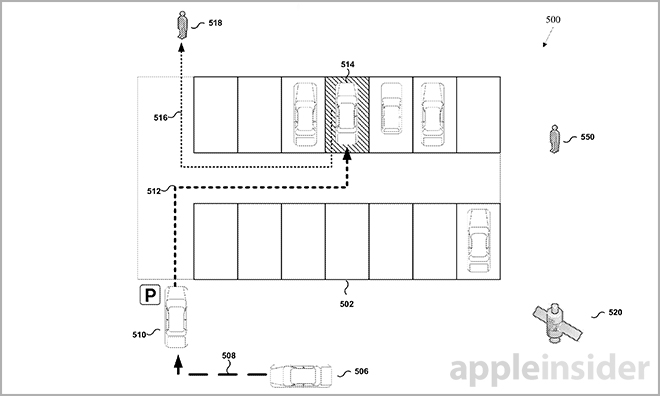
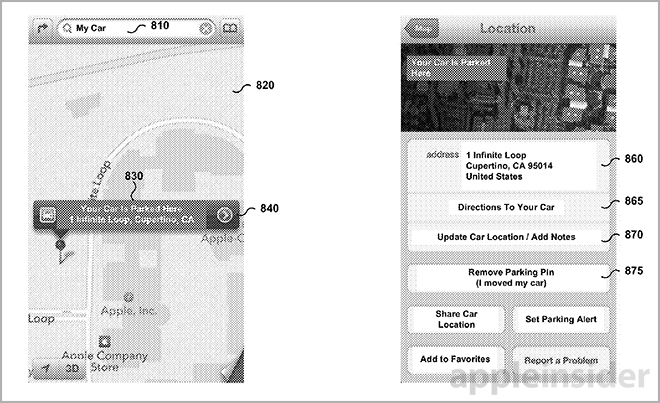
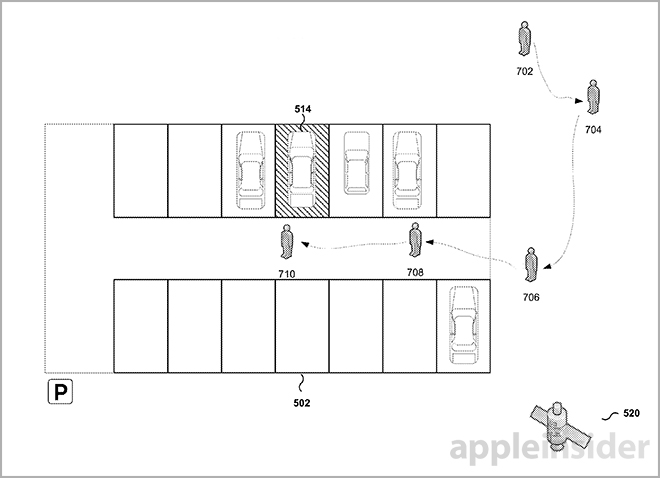




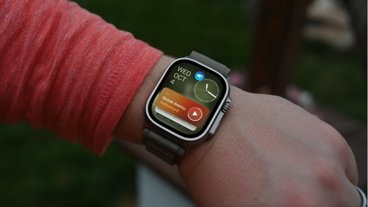


-m.jpg)





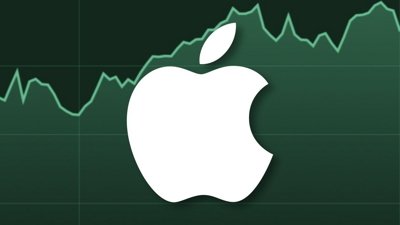
 William Gallagher
William Gallagher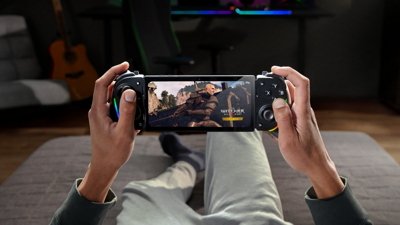
 Malcolm Owen
Malcolm Owen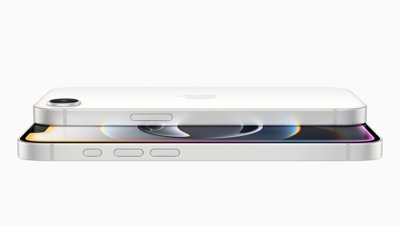
 Andrew Orr
Andrew Orr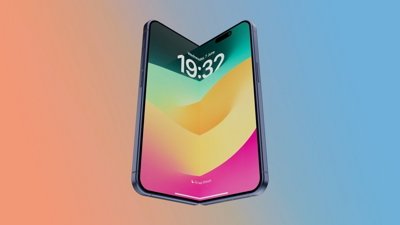
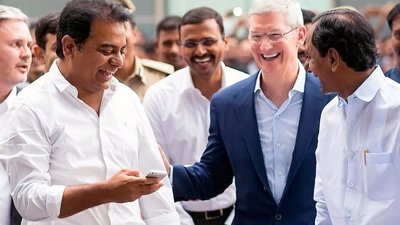
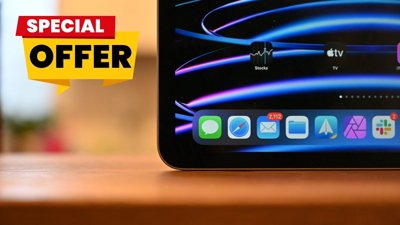
 Christine McKee
Christine McKee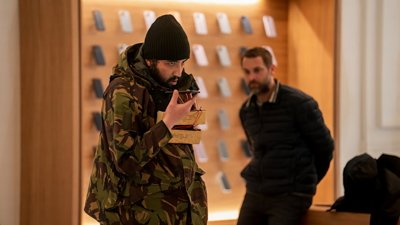
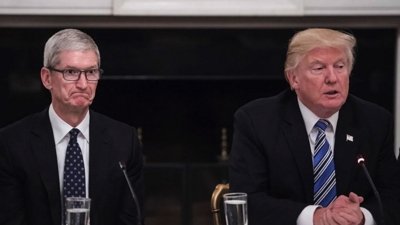



-m.jpg)






53 Comments
I wonder what the range on the iBeacon device is and whether or not that would be a good thing to build into or add onto a car. Although it mint have to be a restricted access devices that doesn't broadcast to everyone - not that people can't see your car there - but privacy and security might be concerns if your car is highlighted as belonging to someone who owns expensive technology.
I wonder what the range on the iBeacon device is and whether or not that would be a good thing to build into or add onto a car. Although it mint have to be a restricted access devices that doesn't broadcast to everyone - not that people can't see your car there - but privacy and security might be concerns if your car is highlighted as belonging to someone who owns expensive technology.
I don't see what's the problem is. Other people with an iPhone will just see "there's a car with iBeacon here". Over time it will be a great many number of cars in the parking lot. I bet the Mercedes, BMW, Porsche, etc. are more attractive break in targets than my Chevrolet Cruz.
I don't see what's the problem is. Other people with an iPhone will just see "there's a car with iBeacon here". Over time it will be a great many number of cars in the parking lot. I bet the Mercedes, BMW, Porsche, etc. are more attractive break in targets than my Chevrolet Cruz.
I am not familiar with how the beacons work - could potentially be a backdoor - or perhaps someone could use it to determine which cars have been parked for how long.
Some folks might cry Big Brother and anyone who voluntarily gives away the position of their car all the time might as well just forward all their emails, phone calls, and text messages to the NSA - never considering that this likely would not be any bigger a breach of their personal data and location than is already possible with the devices they already have with them.
As with anything there may be unforeseen uses, some of which may provide additional benefits and safety etc and others may introduce additional risks and vulnerabilities.
In lieu of GPS, the iPhone relies on onboard sensors to estimate with some accuracy the movement of a user. By combining sporadic GPS signal locks with accelerometer data, for example, an iPhone is able to "look forward" or "look backward" from a given point in time to deduce the location of a user proximate to their car.
Any number of techniques may be applied for tracking purposes, like motion data processing, time stamps, gyroscope data, pedometer data and more. Perhaps most applicable in driving and walking scenarios is the accelerometer, which can be used to determine motion, direction and speed over time.
Isn't this sort of how airplane inertial navigation systems work? You fix an initial position, and the system computes your current position by tracking your acceleration and using newton's equations of motion. It's how airplanes tracked their position before the era of GPS.
There was a time before GPS... This type of navigation, using accelerometers, is called Inertial Navigation System (INS). It's been in use on aircraft for decades. Using it on modern hand held devices is cool. Should have seen this coming.